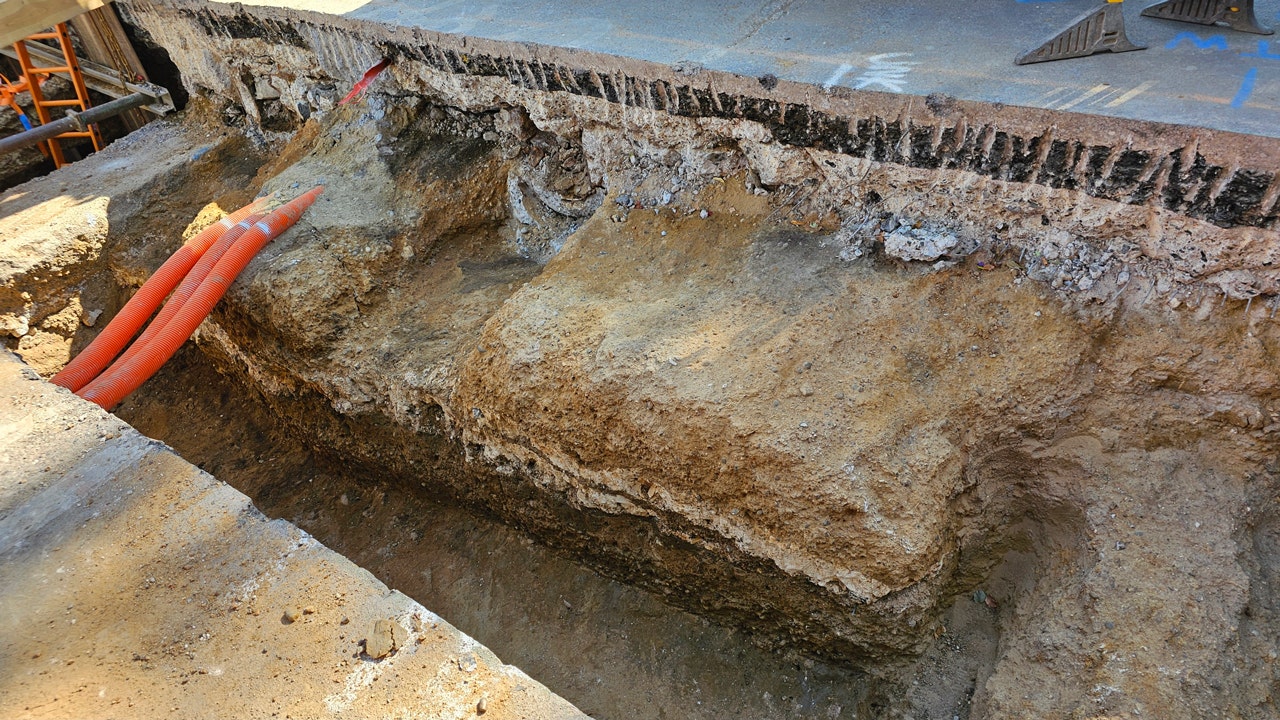According to US and European officials, up to 20 percent of the weapons sent onto the battlefield were damaged or destroyed in the first two weeks of Ukraine’s grueling counteroffensive. Casualties also include some of the formidable Western fighting machines – tanks and armored personnel carriers – that the Ukrainians counted on to drive back the Russians.
The staggering casualty rate dropped to about 10 percent in the weeks that followed, officials said, leaving more troops and machinery needed for the major offensive push the Ukrainians said was yet to come.
The improvement came in part because Ukraine changed tactics and focused more on wearing down Russian forces with artillery and long-range missiles than penetrating and firing on enemy minefields.
But this good news masks some grim realities. Casualties have also slowed as the counteroffensive itself slowed — and even stalled in places — as Ukrainian soldiers battle Russia’s formidable defenses. And despite the casualties, the Ukrainians have so far covered just five of the 60 miles they plan to travel to reach the sea to the south and split Russian forces in two.
A Ukrainian soldier said in an interview this week that his unit’s drone picked up footage of half a dozen Western armored vehicles coming under artillery fire south of the town of Velyka Novosilka.
“They were all on fire,” said the soldier, who identified himself as a sergeant. Igor. “Everyone’s hoping for a big breakthrough,” he said, adding a plea for those watching from afar to recognize the importance of slow and steady progress.
Russia has had many months to prepare for the counteroffensive, and the front lines are littered with mines, tank traps, and buried troops, while Russian reconnaissance drones and attack helicopters fly overhead with increasing frequency.
Given these fortifications, experts say it is not surprising that Ukraine suffered relatively heavy casualties in the early stages of the campaign.
This week, Ukraine’s President Volodymyr Zelenskyy acknowledged a brief halt in operations a few weeks ago, but blamed shortages of equipment and ammunition and urged Western allies to speed up the pace of supplies.
American officials acknowledged this pause and said the Ukrainians had begun moving again, albeit more deliberately, more adeptly at navigating minefields and aware of the risks of casualties. With the influx of cluster munitions from the US, the pace could accelerate, it said.
“It’s not that fast, but it’s not catastrophically behind schedule,” British Defense Secretary Ben Wallace said on Wednesday. “It does what anyone else would do if they had to fight their way through minefields toward the Russian line.”
The problems are evident in the fields of southern Ukraine, where much of the counteroffensive is taking place. There, the Bradley Fighting Vehicles, long coveted by Ukrainians, run over anti-tank mines every day, say soldiers who fought in the vehicles.
The approximately 34-ton vehicles are designed to carry infantry soldiers through areas exposed to gunfire or artillery. A rear ramp opens to allow soldiers to stream out and fight. In planning the counteroffensive, the Bradleys would transport soldiers across open fields to reach Russian trenches and bunkers.
The Bradleys have done some of their work well; Their thick armor provided good protection for most soldiers, who survived many of the mine blasts with little injury.
“Your ears are ringing and things are flying around in them,” said one soldier, who asked to be identified by only his first name and rank, Pvt. Serhiy. He survived one such blast last month in fighting south of the city of Orichiv in the Zaporizhia region. But in many cases, the blasts severely damaged the vehicles and immobilized them long before they could reach the Russian lines.
Military experts have long said the first 15 miles of the counteroffensive would be the most difficult, as attacking troops generally require three times more strength — be it in weapons, personnel, or both — than defending troops.
Ukraine’s top military officer, General Valery Zaluzhny, expressed disappointment that Ukraine is fighting without western F-16 fighter jets owned by the United States only recently agreed to enable the training of Ukrainian pilots, but their delivery is not expected for a few months at the earliest. This leaves Ukrainian troops vulnerable to Russian helicopters and artillery.
Military analysts warned it was too early to draw any firm conclusions about the counteroffensive. “That doesn’t mean it’s doomed,” said Camille Grand, defense expert at the European Council on Foreign Relations and former NATO deputy secretary-general.
Still, he added, the lack of air superiority and air defenses that Western jets could offer in an attack on Ukraine “means that casualty rates are likely to be higher than in other conventional conflicts.”
The exact number of weapons and armored vehicles destroyed in the counter-offensive, as opposed to the “mobility kills” that can be repaired, is a closely guarded secret, and US officials did not provide exact figures, although they did the percentages of lost guns were unanimous. However, a combination of open-source data and official estimates can provide a snapshot of the destruction, especially in the early stages.
Ukraine’s 47th Mechanized Brigade, one of three Western-equipped and trained units deployed at the start of the campaign, was to receive 99 Bradleys, according to leaked US military plans for February’s counteroffensive — still the most recent, that ever existed made public.
data of oryx, a military analysis page Counting only casualties that were visually confirmed shows that 28 of these Bradleys were abandoned, damaged or destroyed, including 15 in a village in Zaporizhia province on June 8-9 when the 47th was attacked by helicopters, while trapped in a minefield. Six other Bradleys were reported abandoned or wrecked at Mala Tokmachka on June 26, but Oryx researchers say these losses occurred earlier, although it is not clear exactly when.
Given that the 47th Brigade was originally the only brigade set to accommodate the Bradleys, this means nearly a third of the original vehicles have been lost – although all but seven were blown up on a battlefield.
“It is entirely possible that Ukrainian forces have suffered losses of this magnitude,” said Dylan Lee Lehrke, an analyst at Britain’s Janes security intelligence agency, adding that a “significant” loss of weapons is a hallmark of wars in general of wear and tear, as in Ukraine.
Oryx data shows that for the entire month of June only 24 tanks were lost, including some from Ukraine’s own arsenal as well as those supplied by Western allies.
According to the data, ten of these were German-made Leopard tanks and deminers. Presumably, they were lost in combat with Ukraine’s 33rd Mechanized Brigade, one of the three units deployed at the start of the counteroffensive, which US planning documents were supposed to receive 32 Leopards from February 28.
That would mean the brigade would have lost 30 percent of the Leopards at its disposal — all but two in the first week of combat, Oryx data shows.
According to Ukrainian authorities, the army has so far advanced furthest into the southern areas of the Donetsk region, but no further than about five miles from the former front line at Velyka Novosilka. There are still 55 miles to the Sea of Azov, a key objective of the counteroffensive as it would disrupt the land bridge to Crimea and destroy Russia’s already unstable logistics. Also in the Zaporizhia region, the armed forces of Ukraine are advancing in two areas.
It’s even slower near Orikhiv in the Zaporizhia region, where the bulk of the Bradleys and Leopards have been sent into open fields with little cover. There the Ukrainian army advanced only about a mile.
Justin Check contributed reporting from London.





